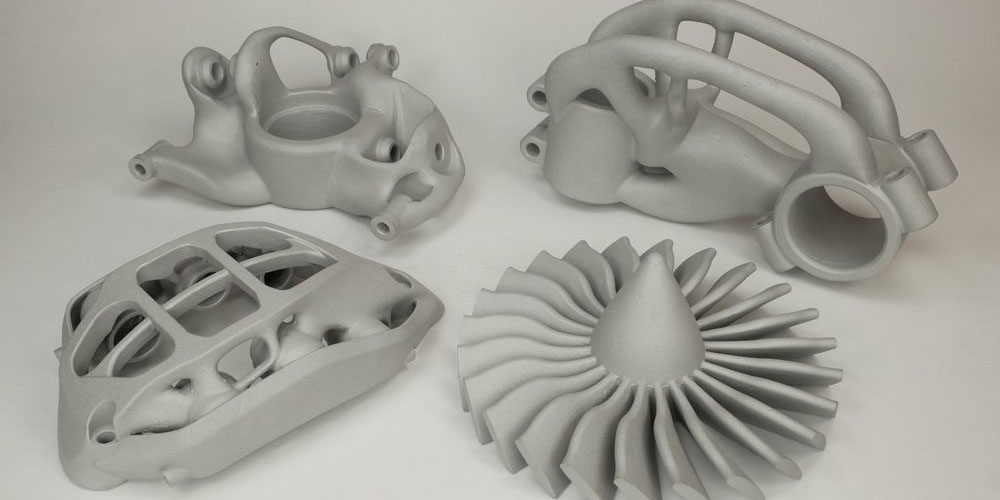In the rapid prototyping business, where many prototyping companies are involved, cost-benefit analysis is used to measure the advantages of making a particular decision or taking action, usually without the costs associated. The beauty of having a prototype in business is that nothing is entirely set in stone. When you design something examined, you can experiment with various concepts to establish a definite crowd-pleaser for prospective consumers.
Cost-Benefit Analysis of Investing in Rapid Prototyping
1. Laying a Strong Foundation for a Future Product
Companies use rapid prototyping to lay a foundation for their products. They achieve this by simulating the essential aspects of an end product. That way, an interactive prototype allows a user to experience the product’s simulated behavior, usually without its functionality.
Quick prototype iterations assist you in generating feedback in the lifecycle of a product. Also, it allows for a variety of incurred improvements, hence ensuring the final product is just in the right shape it should.
2. Using Stimulation to Save Money
Rapid prototyping allows a company to see what the end-product may look like. The engineer can interact with the designer to establish functions that work in simulation. This can take place without creating the end-user product.
At the same time, designers use rapid prototyping to make improvements in various steps of product development. The result helps to save time since refinements may occur way before the final commitment is made.
3. Making Quick Changes in a Product
When a designer has a physical model, it is possible to implement changes by receiving feedback from testers. With every single step within the testing process, the design needs to make the right improvement, thereby building confidence for the developer and end-user.
The result helps to identify the market demands, thereby making it possible to create competitive products with an excellent acceptance rate. That would be a win in your product development process.
4. Freedom and Flexibility
Another significant benefit of rapid prototyping is its ability to help develop products customized to a particular company’s demands. Prototyping does not need complicated tools to implement various changes in a product.
A small CAD model in the design would not interfere with the look of the product. Therefore, you should not be fearful of going over the budget based on the fact that developers have full control over the existing changes made without the need for further costs.
5. Having a Clear Understanding of the Product
As a new product designer, you need to understand your audience before creating the very product for them. Rapid prototyping is a pilot test used to develop a product and finally help you understand its functionalities before launching it and selling it to consumers. A product with a strong market presence will attract more customers to your line of brands.
Final Thoughts
In case you are experiencing challenges in holding a considerable market share because of the development of innovative products by competitors, you can look into prototyping and product design. You may need an expert to boost your developmental processes and enable your products to develop quickly. Experts use a systematic approach to build products and redesign them successfully.
